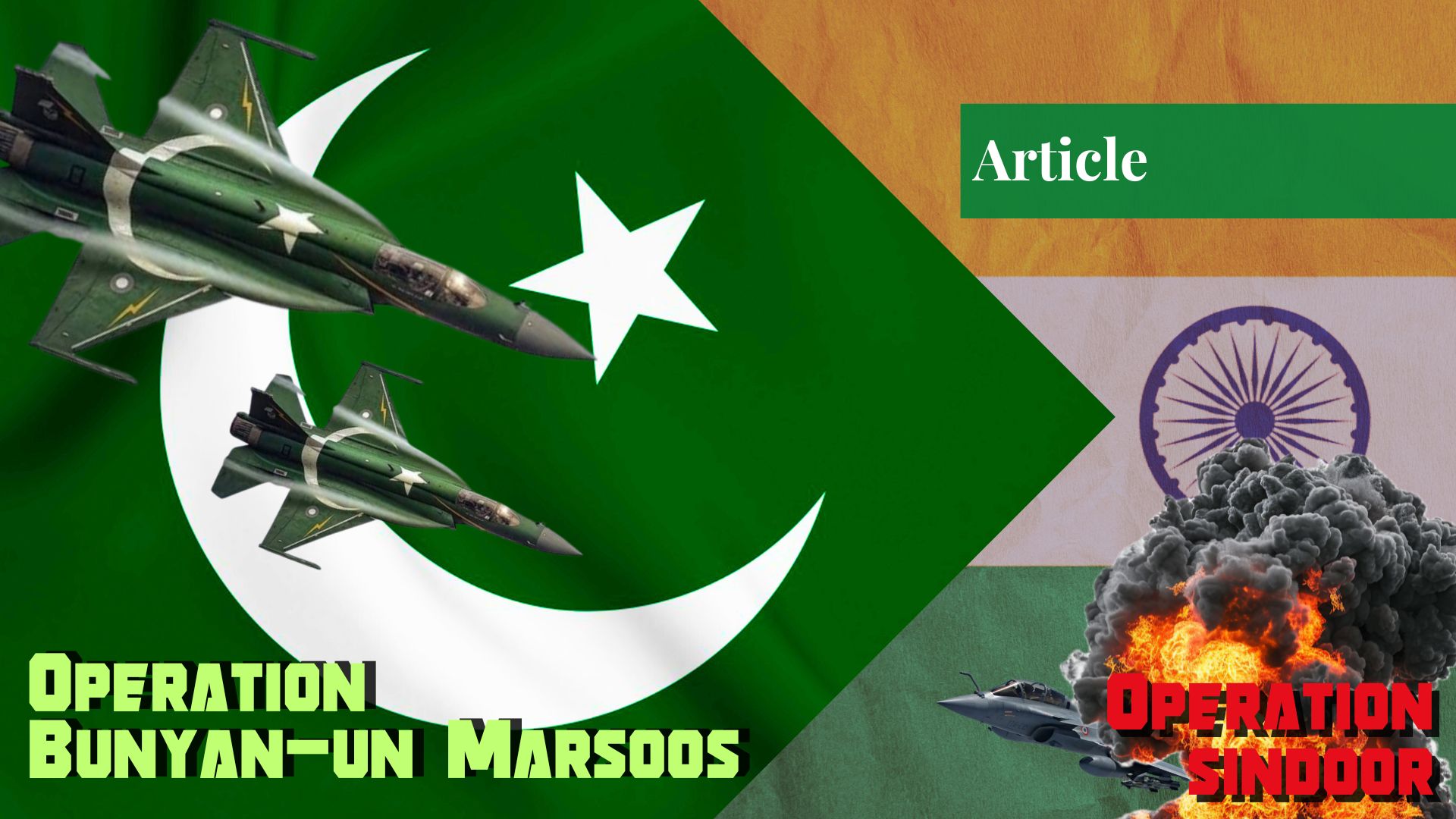The India-Pakistan conflict is as old as their history. However, 2025 has seen an unprecedented escalation in this conflict since the April 22 Pahalgam attack. The Pahalgam attack was followed by India accusing Pakistan of terrorist infiltration in Indian illegally occupied Jammu and Kashmir (IIOJK). Despite Pakistan’s condemnation of the attack and denial of any involvement, Indian forces, without investigation, were swift to blame Pakistan. To date, a major question remains unanswered: if India has a shred of solid evidence against Pakistan, why has it failed to make it public? However, India did not stop at baseless accusations; it is a time of great peril in the subcontinent, as India is proactive in attacking and targeting mainland Punjab and Azad Jammu and Kashmir.
This foolish gambit has brought two nuclear neighbors to the brink of war. Accusations require proof, not propaganda. Under Article 51 of the UN Charter, self-defense requires clear evidence of attacks. Despite Pakistan’s offers to help investigate and even agreeing to allow neutral investigative agencies to take over the case, the authoritarian Modi regime, to boost its domestic standing, threw its weight against Pakistan.
Pakistan warned that any hostility from the Indian side would be seen as an act of war. Despite warnings, India launched airstrikes on the Subhanullah Mosque in Bahawalpur’s Ahmed East area, Kotli, and Muzaffarabad on the night of May 7 and 8, 2025. The situation worsened when India launched missile strikes in Pakistan’s territory on the night of May 9th, compelling Pakistan to respond and retaliate with the highly effective Operation Bunyan um Marsoos. This article examines the current escalating situation, the interplay of weapons, and the role of the Indo-Pak war in international diplomacy.
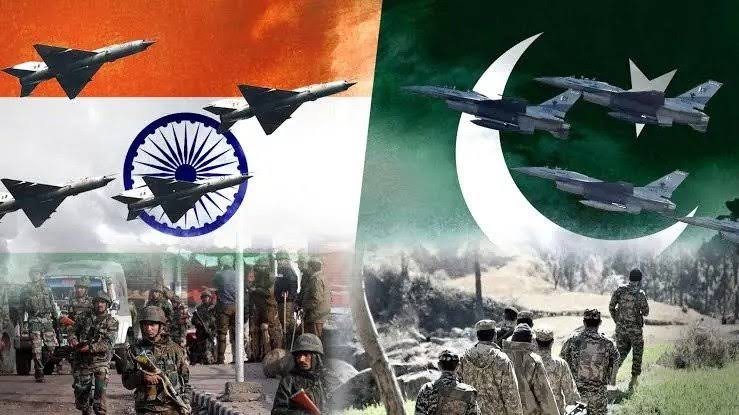
The Echoes of the Past: History of the India-Pakistan Conflict
Since their inception, both India and Pakistan have been engaged in a cycle of hostile relations, perpetuating a severe security dilemma. The two countries faced each other in the 1947-48 war over Kashmir partition, and then in 1965, both countries confronted each other in the second Kashmir war. 1971 saw the Bangladesh Liberation War, in which India played a frontline role in the Fall of Dhaka. The India-Pakistan conflict in Kargil characterized the year 1999. Thus, both countries have a long, hostile history.
BJP came into power in 2014 and was followed by the Hindu supremacist ideology. The 2016 Mid-Term State Elections in UP and Punjab saw the Uri attack and alleged surgical strikes on the Line of Control (LOC) and resulted in the BJP’s landslide victory. The 2019 General Elections were marked by the Pulwama Terror Attack, followed by the Balakot airstrike and Operation Swift Retort. Modi won with the biggest majority. The 2024 General Elections included an anti-Pakistan narrative and the revocation of 35A and 370, and the BJP won a third term. In 2025, India is set to conduct significant elections, including the state legislative assembly elections and Rajya Sabha (senate) elections, and the pattern repeats with Operation Sindoor.
The Trigger: What Sparked the Current Crisis
The post-Pahalgam scenario saw ballooning tensions, marked by India’s unilateral revocation of the Indus Water Treaty, followed by Pakistan’s closure of airspace. The situation kept escalating till Lt. Gen. Ahmed Sharif at 1:06 am confirmed that India had conducted missile strikes at Kotli, Bahawalpur, Muridke, Bagh, and Muzaffarabad. The defense minister, Khawaja Asif, stated that the attacks were carried out on civilian areas. DG ISPR Lt. Gen. Ahmed Sharif, addressing a press conference at 4:08 am, confirmed that 24 impacts have been reported from 6 localities on India’s side.
- Subhan Mosque (Bahawalpur)—4 strikes
- Bilal Mosque (Muzaffarabad)—7 impacts
- Bilal Mosque (Kotli)—5 impacts
- Sialkot District—2 strikes
- Shakarghar—2 strikes
In defense, PAF was successful in downing 5 Indian jets and 1 drone, which were confirmed and identified by DG ISPR, including 3 Rafale jets, 1 MiG-29, 1 SU plane, and 1 Heron combat drone. The Indian Ministry of Defence, in its press release, posted that India has launched Operation Sindoor, hitting terrorist infrastructure in Pakistan and Pakistan-occupied Jammu and Kashmir. Moreover, India confirmed the loss of its 3 Rafale Jets and is silent about the other two. The morning of 7th May 2025 was followed by another blatant military attack against Pakistan as India was sending Harop drones at multiple locations within mainland Pakistan. According to the latest DG ISPR briefing, at least 29 drones had been neutralized by Pakistan by May 8. So far, a total of 77 drones have been destroyed by Pakistan.
Pakistan’s Retaliation: Operation Bunyan um Marsoos
India’s unchecked increasing aggression provoked a retaliatory operation from Pakistan’s side. The government has termed the retaliatory operation against Pakistan as “Bunyan um Marsoos.” Bunyan um Marsoos is an Arabic phrase from the Holy Quran that translates into ”a structure made of lead.” In another unlawful provocation, India on 9 May launched air-to-surface ballistic missiles targeting:
- PAF Base Nur Khan (Rawalpindi)
- PAF Base Murid (Chakwal)
- PAF Base Shorkot (Jhung)
According to DG ISPR, the majority of Indian missiles fired at the PAF bases were intercepted, and the PAF assets are safe. Moreover, India has targeted Afghanistan with missiles and drones, pushing the region towards a tense war.
At Fajr (pre-dawn) on 10 May, Pakistan commenced a precise and proportionate counteroffensive. The retaliatory strikes began with the destruction of the Indian Udhampur Airbase in IIOJK, followed by a series of strategic attacks on Indian military infrastructure. Pakistan has targeted key Indian military installations in a “befitting response.”
- In the Beas region, PAF destroyed a storage site of the Brahmos missiles.
- The PAF’s JF-17 Thunder’s hypersonic missiles had destroyed India’s S-400 system in Adampur, with an approximate loss of $1.5 billion.
- Pakistan used the Fatah I missiles to mainly target the Udhampur Air Force and Pathankot Airfield.
- The Indian Gujarat, Adampur, Ambala, and Jhalander air bases are also destroyed.
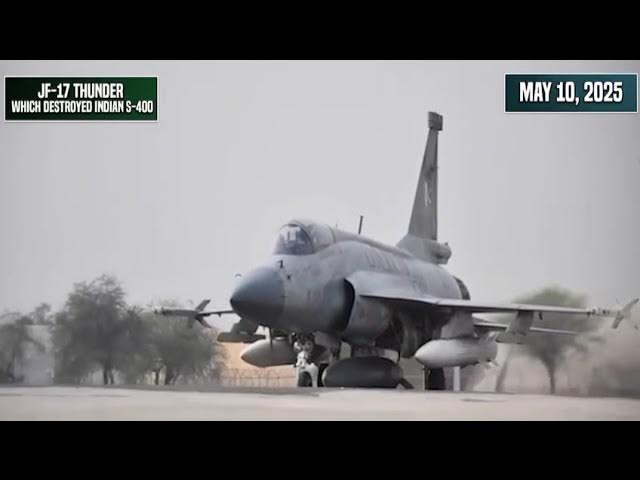
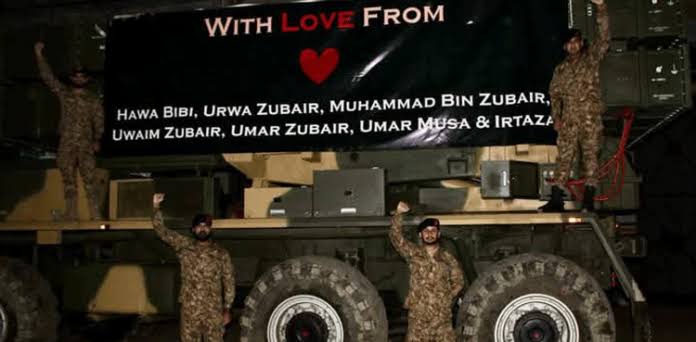
Colonel Sophia Qurashi of the Indian army’s Signal Corps has admitted that Pakistan’s retaliation has damaged India’s “equipment and personnel” at least five airbases as it targeted “more than 26 places.” According to DG ISPR, this retaliation was both measured and justified, carried out under the principle of proportionality and in legitimate self-defense under Article 51 of the UN Charter. Pakistan’s swift response not only neutralized further Indian advances but also reasserted its deterrent posture, pushing the conflict toward a dangerous equilibrium.
According to Reuters, as of 7 am, 10 May 2025, Pakistan has retaliated under Operation Bunyan um Marsoos, and the following sites are targeted:
- Srinagar: Airbase hit
- Uri: Airfield hit
- Udhampur: S-400 Air Defence facility hit and destroyed
- Beas: BrahMos missile storage facility hit and destroyed
- Pathankot: Airfield hit in a precise missile attack
- Chandigarh: Airbase hit
- Jalandhar: Airbase hit
- New Delhi: Missile intercepted near Hisar
- Rajasthan: Military installations hit
- Gujarat: Multiple air bases and locations hit
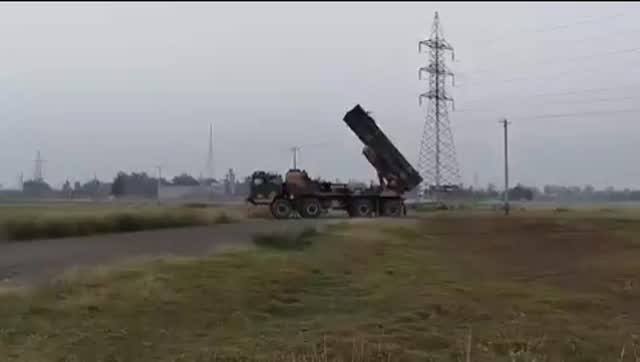
In addition to traditional warfare, Pakistan has taken superiority in Cyber warfare and hacked into India’s key institutions, which include:
- BJP’s official website
- Border Security Force
- 110 corporate websites
- 70% of India’s power grid was knocked offline
- 10 SCADA systems in the energy sector compromised
- 507 ICT devices and databases obliterated
- 1744 web servers destroyed
- 120 routers and 1310 IP cameras defaced
Military and Strategic Developments
Operation Sindoor broke a 54-year streak since the Fall of Dhaka; India has attacked mainland Pakistan, pushing both countries to the brink of a nuclear war. Since 1971, both countries have increased their military capabilities. In September 2016, India signed an intergovernmental agreement with France to procure 36 Rafale fighter jets for approximately €7.87 billion (₹58,000 crore). The Rafale is a 4.5-generation fighter jet and France’s front line of defense. The package included advanced weaponry like Meteor and SCALP missiles.
Amidst escalations, on April 28, 2025, India finalized a deal to acquire 26 Rafale-M (Marine) jets valued at ₹63,000 crore ($7.4 billion). Under Operation Sindoor, Pakistan has become the first nation to down the Rafale, which led to a decline in the company’s stock by €5.40, or 1.64%, to €324.
India’s recent military acquisitions and capabilities (2024-2025) comprise:
- 26 Rafale-M jets worth $7.4 billion
- 156 Prachand Light Combat Helicopters worth $7.33 billion
- 31 MQ-9B SkyGuardian and SeaGuardian drones
- 307 Advanced Towed Artillery Gun Systems (ATAGS)
- Pinaka Rocket Systems
- HAMMER precision-guided bombs
- BrahMos, Supersonic cruise missiles
- SCALP missiles.
On the contrary, Pakistan’s recent military acquisitions and capabilities (2024-2025) include:
- Chinese J-10C fighter jets
- F-16 fleet maintenance deal worth $397 million
- Shaheen series
- Ghauri series ballistic missiles
- The Shahpar III — a long-endurance unmanned combat aerial vehicle (UCAV)
- The Fatah II rocket system and Hangor-class submarines.
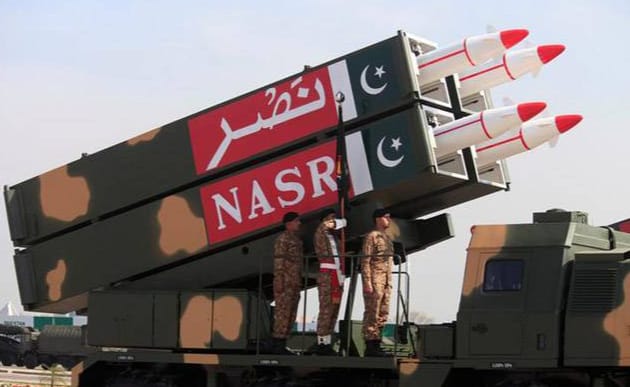
Diplomatic and Regional Reactions
India and Pakistan going to war will have severe regional and global implications. After the Cold War, this escalation marks the first time when two nuclear powers are standing face to face, with no prior precedent; it is difficult to predict how the situation will unfold. Defense Minister Khawaja Muhammad Asif also declared that Islamabad “won’t take long to settle the score.”
The U.S. president, Donald Trump, following a political resurgence, referred to the Indian attack as “a shame” and hoped both countries would work something out. The spokesperson of António Guterres said, “The Secretary-General is very concerned about the Indian military operations across the Line of Control and international border. He calls for maximum military restraint from both countries. The world cannot afford a military confrontation between India and Pakistan.”
The Chinese foreign ministry released a statement urging “both sides to act in the larger interest of peace and stability, remain calm, exercise restraint, and refrain from taking actions that may further complicate the situation.” Amidst the geodynamics, Israel has come forward as the only country that “supports India’s right to self-defense.” Overall, international optics are not in favor of India.
Amid diplomatic posturing, regional alliances and their tilt can be seen with Pakistan being supported by China, Saudi Arabia (KSA), and Turkey, and India being backed by Israel, the U.S., and France. Despite shifting alliances, the world cannot afford a nuclear war. The estimated time of Indian nukes reaching Pakistan is approximately 3 to 5 minutes, and vice versa. India has a no-first-use policy, but escalations might push either to take the first step, making the other automatically launch nukes in response due to little or no reaction time. A nuclear exchange would likely trigger global defense alerts, heighten readiness levels in major powers, and pose an existential threat through cascading launches and atmospheric fallout. The Bulletin of Atomic Scientists has set the 2025 Doomsday Clock at 89 seconds to midnight, enveloping the globe in a nuclear winter.
Legal Ramifications under International Law
A serious violation of international law has been committed by the Indian military’s attacks on Pakistan’s mainland, specifically targeting civilian and religious facilities like the Subhanullah Mosque in Bahawalpur. India’s actions raise significant concerns about necessity, proportionality, and legality under the body of law known as jus ad bellum, which governs the use of force. Article 2(4) of the United Nations Charter prohibits the threat or use of force by one state against the territorial integrity or political independence of another. India’s violation of international borders is an open violation of Article 2(4) and does not come under the exceptions of self-defense (Article 51) or Security Council authorization (Chapter VII).
India claims that the attacks are an invocation of Article 51, i.e., self-defense. However, its application is dependent upon the Caroline Doctrine, which states that for an attack to be considered self-defense, it must be “instant, overwhelming, leaving no choice of means, and no moment for deliberation.” None of the conditions are applicable in India’s case. Despite Pakistan offering a neutral international investigation, India did not agree. It shifted the Indian claim of self-defense to a punitive retaliatory strike, something that is not acceptable in International law.
Targeting civilian residences and religious sites without terrorism evidence is a violation of Common Article 3 and Protocol I of the Geneva Convention. Moreover, India’s unilateral revocation of the IWT brokered by the World Bank further tightens its situation. The treaty has no exit clause, and no clause allows unilateral suspension from either side, even during the war. Pakistan can challenge the revocation under the International Court of Arbitration and get injunctions and relief. Furthermore, Pakistan may initiate proceedings under Article 36 of the ICJ statute for violation of the UN Charter and international treaties while using Nicaragua v. USA (ICJ, 1986) as a precedent. Moreover, Pakistan can invoke Article 35 of the UN Charter to bring the matter before the Security Council.
Critical Analysis through an International Relations Perspective
The ongoing Indo-Pak escalations and Operation Sindoor can be used as a case study of the IR military doctrine of deterrence. With India playing the role of aggressor. Pakistan, before the attack, used the concept of deterrence, which is a strategy aimed at discouraging or preventing an adversary from taking an unwanted action, in this case, an attack by India. Deterrence fails when the adversary is undeterred by the threat of consequences. Pakistan’s deterrence failed as soon as India launched airstrikes on 7 May, violating the international border despite prior warnings.
When deterrence fails, defense starts. As in our case study, we saw PAF taking down 5 Indian aircraft and Indian military bases in IIOJK. Similarly, taking down Israeli-made drones comes within the ambit of defense. To reinstate deterrence, the doctrine of retaliation refers to actions taken by a state in response to what it perceives as an unfriendly act by another state. For Pakistan, retaliation is a must to restore strategic equilibrium.
In the nuclear paradigm, both India and Pakistan possess nuclear capabilities. India has 172 nuclear warheads, and Pakistan possesses 170 nuclear warheads. Both countries ensure nuclear deterrence against each other through the mutually assured destruction (MAD) doctrine. Both have nuclear triads and second-strike capabilities. This nuclear deterrence is based on capability, credibility, and communications, which both countries possess. This reflects that both countries have credible minimum deterrence (CAD) against the other. India has a no-first-use policy, but Pakistan has never committed itself in such a way. Any threat to
Pakistan’s survival is most likely to edge it towards Nuclear use, which will be ultimately followed by the MAD doctrine. If ongoing escalations are not diffused, it might start the chicken game, i.e., two powers escalating in hopes the other backs down; if neither does, both crash, which can lead to a nuclear war.
In the aftermath of Pakistan’s calibrated retaliation, the strategic shift from “escalation to de-escalation” appears to be taking shape. On May 10th, the U.S. foreign secretary announced that he was trying to defuse the situation by contacting COAS Asim Munir. Moreover, Prince Karim Aga Khan also offered to mediate between Pakistan and India to de-escalate the situation, while China asked both states to show restraint and look for a peaceful resolution.
Hours later, after Pakistan’s successful retaliation in Operation Bunyan um Marsoos, US President Donald Trump announced that the India-Pakistan conflict had reached a conclusion in the form of a “full and immediate ceasefire.” The deterrence has once again gained equilibrium in the region, with Pakistan’s retaliation reinstating a precarious but crucial balance in South Asia’s volatile security architecture. In case of a violation of the ceasefire, it is safe to assume that the war drums in South Asia will echo louder than ever before.
If you want to submit your articles and/or research papers, please visit the Submissions page.
To stay updated with the latest jobs, CSS news, internships, scholarships, and current affairs articles, join our Community Forum!
The views and opinions expressed in this article/paper are the author’s own and do not necessarily reflect the editorial position of Paradigm Shift.
Areeba Imran is a third-year law student at Pakistan College of Law with a focused interest in constitutional law, environmental law, and the emerging field of space law. She serves as the general secretary of the Environment and Law Society and has interned at the Advocate General’s Office. Through her writing, Areeba aims to contribute to nuanced legal discourse on both national and global platforms.

